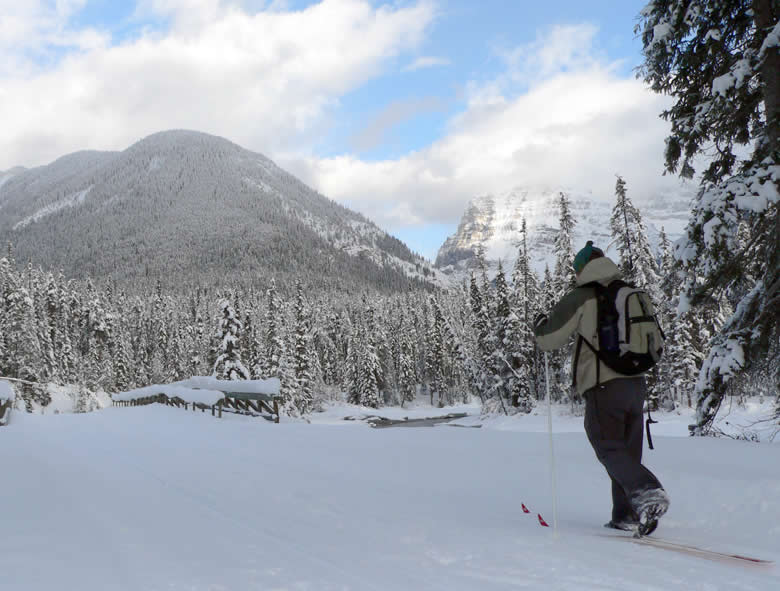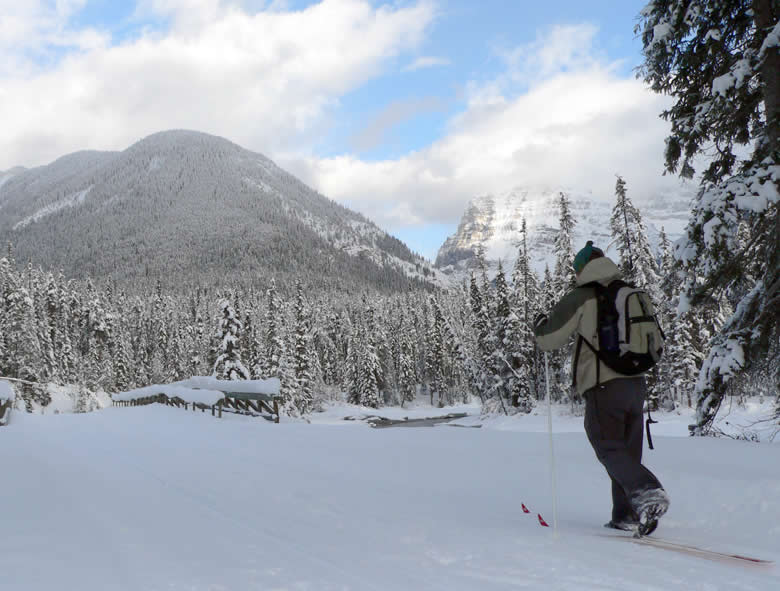Seven Principles
How to Handle Winter Waste


Human waste and what we do with it in the outdoors can be one the most important decisions we make on our adventures. Whether close to home or in a remote corner of the planet, properly disposing of human waste is imperative.

The four objectives of proper human waste disposal include:
1. Minimize the chances of polluting any water source.
2. Minimize the potential spread of disease.
3. Minimize the aesthetic and social impacts of human waste.
4. Maximize decomposition of waste
Though relatively straightforward, meeting these objectives in winter or in areas with permanent snow cover can be challenging and different than what you may do in areas without snow. Most land managers have certain recommendations for proper disposal of human waste, so check for site-specific regulations for the area you plan to visit before heading out (Plan Ahead and Prepare!). There are several options to choose from when determining the best way for you to handle your waste on your next winter outing:
• Established toilets and latrines: Research and note the location of maintained facilities and use them whenever possible.
• Cathole: When below tree line, deposit solid human waste in “cat holes” dug 6 to 8 inches into soil (underneath the snow) and at least 200 feet (70 steps) from water, camp, trails and drainages. Bring a trowel to dig the hole and disguise it well after use. Toilet paper should be packed out. It is imperative to locate your cat hole well away from water and places where other people may accidentally encounter it.
• W.A.G. (waste alleviation gel) bag systems: Waste is deposited in a bag with a powder that gels when moistened and neutralizes the pathogens in feces. When full, the inner bag is placed in a thicker, durable outer bag for safe transport. Once treated, the waste may be accepted in the local waste collection system.
There are a few other options to consider for use when mountaineering. Again, always check land manager regulations on proper disposal of human waste for the peak(s) you intend to climb. Regulations vary widely, so make sure your system meets the requirements. Often time the options will include:
• ‘Blue bag’ systems: Rangers distribute individual double bag systems for waste disposal that use a thin cellulose bag to deposit or pick up solid waste and a thicker, durable plastic outer bag for safe transport. In some areas, used bags are deposited in designated collection containers and transported to an incineration facility by land managers.
• Paper bag with kitty litter systems: Deposit solid waste into a small paper bag (bag can be opened to lay flat on the ground). Add a handful of kitty litter to help minimize and stabilize moisture and odors. The small paper bag is then placed into a plastic bag, which can be zipped shut for safe transport. Plastic bags are then disposed of in trashcans – check with local agencies for regulations.
• Clean Mountain Canister (CMC) systems: Waste is deposited directly into durable plastic waste containers with screw lids and foam seats that are distributed at some ranger stations and required on popular routes. Used CMCs are then collected at designated locations and taken to a septic treatment facility for cleaning and reuse.
• Direct deposit: Waste is deposited directly onto rigid snow blocks or rocks and thrown into an accessible, deep crevasse. A similar method is to construct a safe but accessible snow latrine that deposits directly into a stable crevasse. Check local regulations before using this method of waste disposal.
• Bag latrines: Waste is collected in a latrine lined with a bag and then deposited in a deep crevasse. Bio or photo-degradable bags can be used to reduce the additional litter required by this method. Check local regulations before using this method of waste disposal.
Properly disposing of urine in winter or alpine environments can be easily accomplished. Practices for disposing of liquid waste include:
• Liquid waste sumps (permanent snow and ice):
Urinate in a designated sump hole off the route or on the periphery of camp or rest areas. In pristine areas, naturalize the sump with fresh snow when leaving.
• Scatter liquid waste (seasonal snow, rocks and inorganic soils):
Urinate away from camps and trails on rocks or on a similar durable surface. Avoid urinating or scattering wastewater on vegetation, which may attract wildlife.
When we do our best to properly dispose of our human waste in winter or snowy environments, we are doing our part to ensure that we meet the objectives of proper disposal of human waste. Take time to learn which disposal method best meets your needs and meets land manager recommendations or requirements. For more information on disposing of waste properly, visit www.LNT.org or call 1.800.332.4100
Related Blog Posts
Let’s protect and enjoy our natural world together
Get the latest in Leave No Trace eNews in your inbox so you can stay informed and involved.


